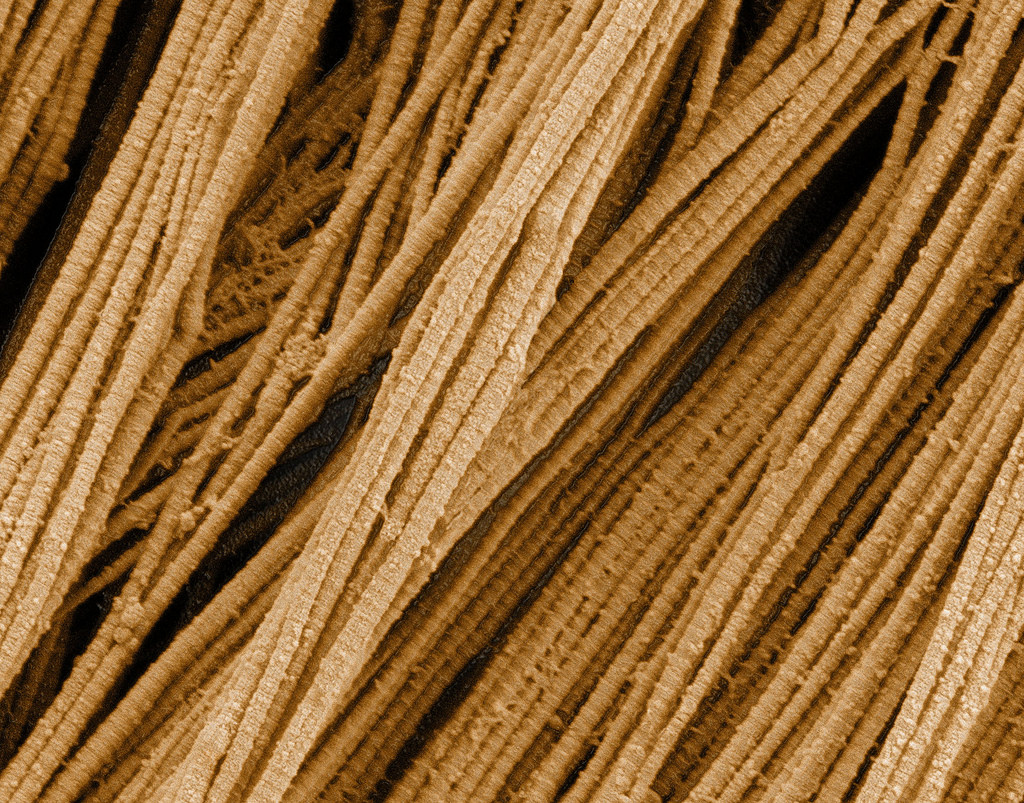There are at lease 28 different types of collagen. Collagen is the protein fiber that makes up extracellular matrix and connective tissue. Type I, II and III make up 80-90% of all the collagen in the body. Collagen accounts for three-quarters of the total weight of dry skin. At one time it was thought that all collagen was produced by the fibroblast cells, but we now know that several epithelial cells can produce different types of collagen. Ingesting collagen protein also has many health benefits.
There are subpopulations of fibroblasts located in different parts of the skin. Papillary dermal fibroblasts reside in the superficial dermis. While reticular fibroblasts are found deeper in the dermis. The play a major roll in wound repair and maintain the structural integrity of the skin. Dermal fibroblasts not only produce collagen found in the extracellular matrix, but they also communicate with each other and other cells. Fibroblast rarely undergo division unless stimulated by the would healing cascade. A third group of fibroblasts is located in the hair follicles. They lie in the dermal papillary region and along the hair shaft. Reduction in fibrillar collagen (type I and III) is charastic of chronologically aged and photdamaged skin.

Research has now discovered that the self renewing keratinocyte, also produces type collagen VII and is present in the cutaneous basement membrane zone as an integral component of the anchoring fibrils. We also know that loss of adhesion in the dermal-epidermal junction is what causes wrinkles. The keratinocyte can also have potent collagenase stimulatory effect on fibroblasts, thus regulating fibrosis.
Given that most of the skin is make up of fibroblasts and keratinocytes, both producing collagen, one key to skin rejuvenation should be up-regulating collagen production. Fibroblasts need vitamin C, amino acids Proline and Lysine, copper peptides, zinc, iron, bioflavonoids, silicon, magnesium, selenium and calcium for optimal cell function. The keratinocyte needs omega 3 & 6, vitamin A and C, ceramides, squalene, sphingolipids, phospholipids and antioxidants for proper production and growth. Diet, prescriptive skin care products and professional skin care treatments will alter all types of collagen in every layer of the skin.
References:
https://www.ncbi.nlm.nih.gov/books/NBK21582/
https://www.ncbi.nlm.nih.gov/pubmed/15140222
https://www.ncbi.nlm.nih.gov/pmc/articles/PMC2846778/
http://jcs.biologists.org/content/117/5/667
https://www.jci.org/articles/view/115557
https://www.jci.org/articles/view/115557?utm_source=TrendMD&utm_medium=cpc&utm_campaign=J_Clin_Invest_TrendMD_0

